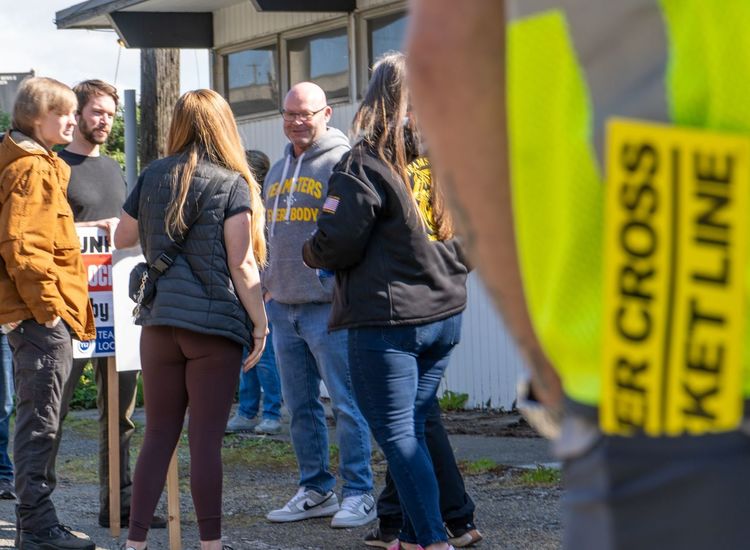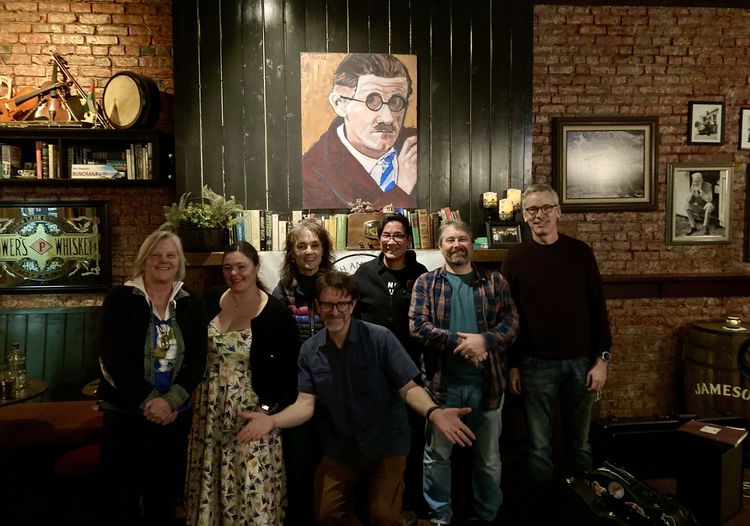The U.S. election is over, though for sure its aftermath will linger. The general election in Ireland is looming, though not quite in the way that the American one was.
The Irish election has voters furrowing brows for sure, but it's fair to say that the sense of dread experienced by so many in the United States over the past several months is pretty much absent in Ireland.
That is not to say that there is a lack of serious feeling about serious issues in the 26 counties. There is and there are. But in recent years there has been a calming of the waters in Irish politics to the point where many voters feel that it might be a healthy thing if the pot was stirred a little bit more.
And stirred by Irish living in the U.S. and other countries where they are denied voting rights in the land of their birth. But that's another story.
There was a time of course when Irish politics was well stirred and came with a bitter edge sourced in the lasting divisions fomented by the Civil War. Who your grandparents sided with in and after that conflict could have a significant bearing on which way a family voted.
And it often came down to families owing allegiance to this or that party, most especially Fianna Fáil and Fine Gael. This phenomenon began to fade in the closing years of the last century, a time when Irish voters were already familiar with coalition government, though not ones featuring those old rival parties. Coalitions were typically made up of Fine Gael and Labour.
This century has offered up a different vista, one in which Fianna Fáil and Fine Gael now work together in government to the point that the top job, that of Taoiseach, is swopped between the leaders of those parties. A third party, the Green Party, is a junior partner in this governmental troika while the overall pot is being stirred by Sinn Féin, now the main opposition and a party that very much feels that it is ready to take a role in government in the South, just as it already does in the North.
Over the coming weeks the leaders of the three governing parties will attempt to set out visibly distinct and separate stalls so as to give voters at least a resemblance of choice. At the same time, Irish voters will expect to see a joining together after the vote, which comes in the form of proportional representation, a system which allows voters to cast votes for multiple candidates and parties, thus encouraging post-election pacts.
From one vantage point this all looks a bit like Tweedledum and Tweedledee politics. And in many respects that is exactly what it is - and is to the point that some find it all a bit dull and boring.
But dull and boring isn't all bad. Many in the United States are yearning for a bit of dull and boring politics.
Of course, there are other factors in play in Ireland. There are reflections of America in the sharp elbowed debate over immigration and migrants. But an open assault on the institutions of government and the buildings housing them is extremely unlikely.
Sadly, in the democratic world, such things are lately the preserve of the United States. Yes, a little dull and boring would work very well on this side of the Atlantic, while on the other side some pot stirring would be just fine. But only that.









